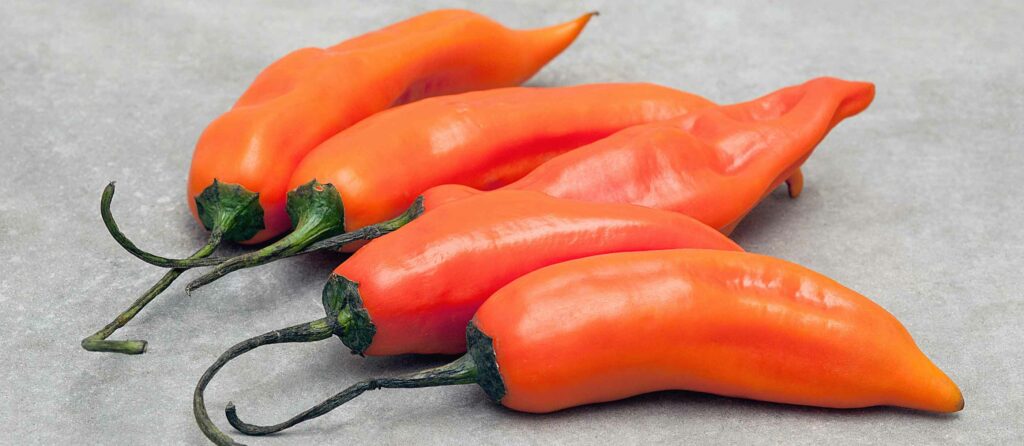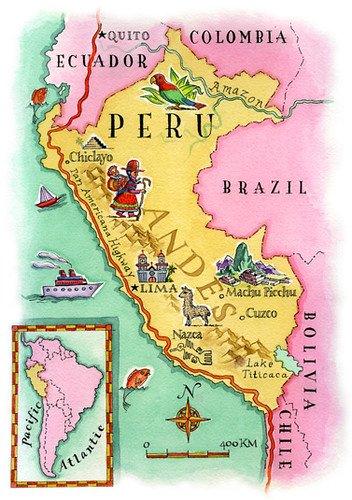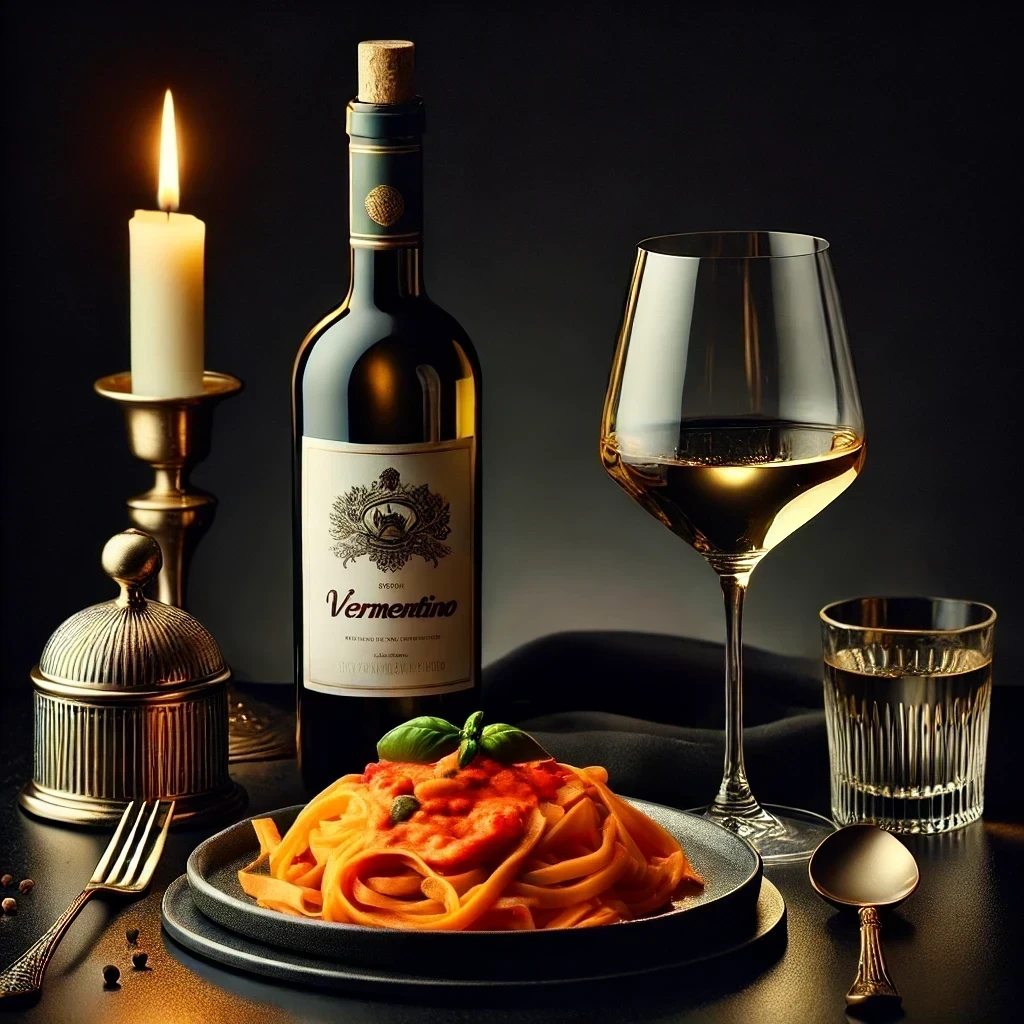Peruvian Peppers: A Vibrant Heritage of Flavor and Culture

Peru, a country celebrated for its culinary richness and biodiversity, is home to a unique variety of peppers that have shaped its cuisine and culture for centuries. Known locally as ají, Peruvian peppers are not just ingredients—they are symbols of tradition, innovation, and regional identity. With diverse flavors, colors, and heat levels, Peruvian peppers are a cornerstone of the nation’s gastronomic legacy.

A Land of Pepper Diversity
Peru’s diverse climate and geography—ranging from the arid coasts to the high Andes and the lush Amazon rainforest—create the perfect conditions for cultivating an array of peppers. Peru is home to dozens of native varieties, with some of the most iconic including ají amarillo, ají panca, rocoto, and ají charapita. These peppers are not only valued for their culinary uses but also for their historical and cultural significance.
- Ají Amarillo
Often referred to as the “golden pepper,” ají amarillo is a bright yellow to orange chili that plays a starring role in many Peruvian dishes. Its medium heat, fruity flavor, and vibrant color make it indispensable in classics like ají de gallina (a creamy chicken stew) and causa rellena (a layered potato dish). This pepper is so integral to Peruvian cuisine that chef Gastón Acurio famously called it “the essence of Peruvian food.” - Ají Panca
Known for its deep red color and smoky, sweet flavor, ají panca is less spicy than its counterparts and often used in marinades, sauces, and stews. It is a staple in coastal Peruvian dishes like seco de res (a slow-cooked beef stew) and in the preparation of anticuchos (marinated meat skewers). Dried and ground, it is an essential spice in many Peruvian households. - Rocoto
Recognizable by its resemblance to a bell pepper, rocoto packs a surprising punch with its intense heat. Native to the Andes, it is often used in traditional dishes like rocoto relleno, where the pepper is stuffed with meat, onions, and cheese. Despite its fiery nature, rocoto also has a subtly sweet and fruity taste, making it a versatile ingredient. - Ají Charapita
One of the smallest peppers in the world, ají charapita hails from the Amazon region. These tiny, pea-sized peppers are known for their intense heat and unique citrusy aroma. Highly prized, ají charapita is often used in Amazonian salsas and adds a burst of flavor to ceviche and other seafood dishes.
Historical Roots of Peruvian Peppers
Peppers have been cultivated in Peru for thousands of years, with archaeological evidence suggesting their use as far back as 5,000 BCE. Ancient civilizations like the Incas, Moche, and Chavín revered peppers not only as food but also as sacred plants. Pepper motifs frequently appear in pre-Columbian art, pottery, and textiles, symbolizing fertility, vitality, and the fiery spirit of the Andes.
The Spanish conquest in the 16th century introduced Peruvian peppers to Europe, where they became part of global trade routes. However, their prominence remained strongest within Peru, where they evolved alongside local culinary traditions.
Peppers in Peruvian Gastronomy
Peruvian cuisine, considered one of the most diverse and innovative in the world, owes much of its complexity to its peppers. From the mild sweetness of ají panca to the fiery kick of rocoto, these peppers form the backbone of traditional Peruvian sauces, marinades, and stews.
- Ají Sauce
A staple on Peruvian tables, ají sauce is a creamy condiment made with blended peppers, garlic, lime, and oil. It accompanies almost every dish, from grilled meats to humble bread. - Ceviche
This iconic Peruvian dish of raw fish marinated in lime juice is elevated by the addition of finely chopped ají limo or ají charapita, which add both heat and a burst of citrus flavor. - Chili Pastes
In many recipes, fresh or dried peppers are transformed into pastes, which are used as bases for soups, rice dishes, and stews. These pastes are often prepared in advance, preserving the flavor of seasonal peppers for year-round use.
Medicinal and Cultural Uses
Beyond their culinary applications, Peruvian peppers have been traditionally used for their medicinal properties. Indigenous communities have long valued peppers for their ability to stimulate circulation, improve digestion, and act as natural preservatives. The capsaicin in peppers, responsible for their spiciness, has also been studied for its anti-inflammatory and analgesic properties.
In Peruvian folklore, peppers are associated with strength and resilience. Farmers and cooks alike view them as gifts of the land, embodying the harmony between humans and nature.
Challenges and Opportunities
Despite their cultural significance, some native Peruvian peppers face threats from changing agricultural practices, climate change, and global competition. Efforts to preserve these varieties include promoting sustainable farming and raising awareness of their culinary and economic potential. Chefs and food enthusiasts worldwide have begun to recognize the unique qualities of Peruvian peppers, incorporating them into global fusion cuisine.
The Global Appeal of Peruvian Peppers
Thanks to Peru’s growing reputation as a culinary hotspot, its peppers have gained international acclaim. Gourmet markets now stock dried ají amarillo, ají panca, and even fresh rocoto in regions far from their Andean origins. Renowned chefs incorporate these peppers into fusion dishes, blending Peruvian flavors with international techniques.
In addition to gastronomy, Peruvian peppers are increasingly sought after for their use in sauces, snacks, and even artisanal chocolates. The growing interest in authentic, high-quality ingredients ensures that these peppers will continue to play a role on the global stage.
A Culinary Treasure Worth Celebrating
Peruvian peppers are more than just ingredients—they are living symbols of the country’s rich biodiversity, history, and culture. Whether you are savoring a spicy rocoto relleno or dipping into a vibrant ají amarillo sauce, these peppers tell a story of resilience, innovation, and a deep connection to the land.
As Peru continues to share its culinary treasures with the world, its peppers remain at the heart of its gastronomic identity—a fiery and flavorful testament to the nation’s rich heritage.
